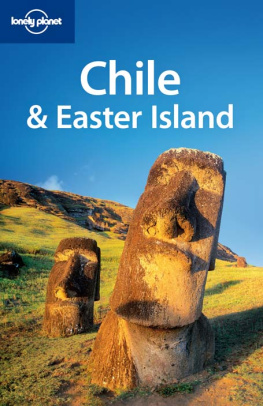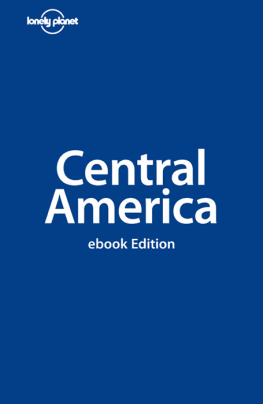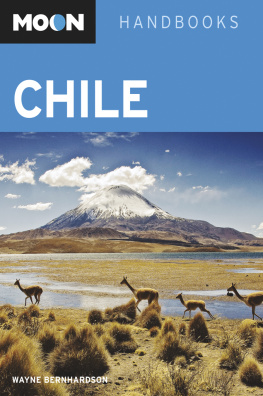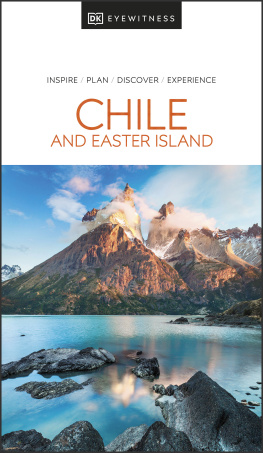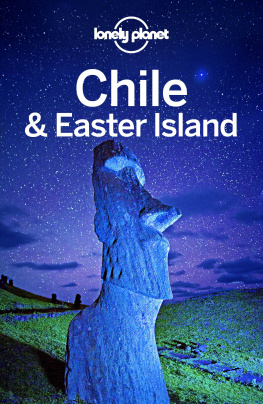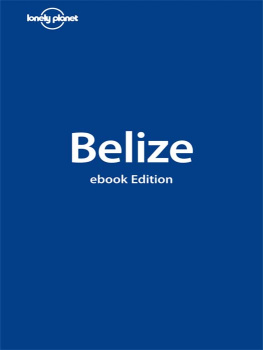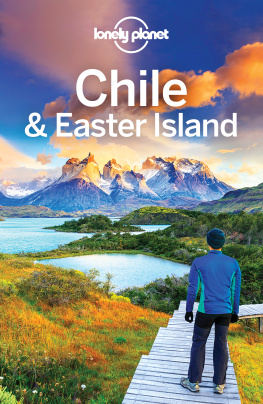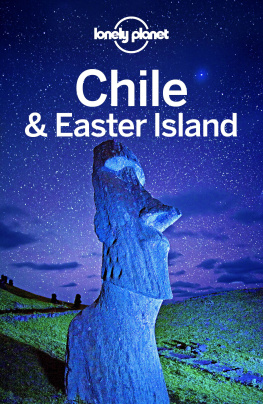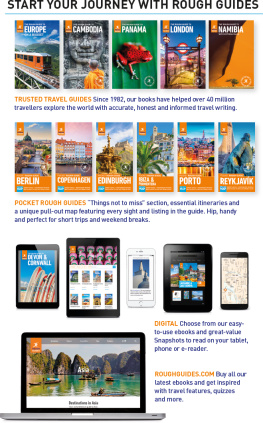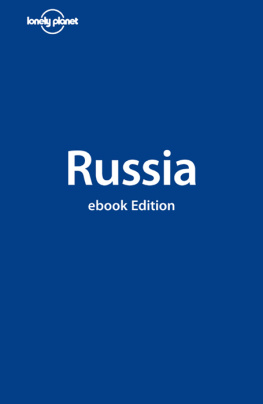Destination Chile & Easter Island
Meet a land of extremes. Preposterously thin and unreasonably long, Chile stretches 4300km from the belly of South America to its foot, from the driest desert on earth to vast glacial fields. On its way, it unfurls into an incredible landscape of polychrome diversity, with parched plains, fertile valleys, vineyards, volcanoes, ancient forests, lakes, fjords and those massive glaciers. Bookended by the Andes and the Pacific, it averages just 175km wide. Chiles close borders foster intimacy: no matter where you find yourself, it feels a little like a backyard. You start seeing the same faces. Stay one or two days too long and it may feel like home.
Those who come here would be foolish not to take advantage of the outdoors. When in Mother Natures playground, play. The options are innumerable. You can seek out sweeping desert solitude, craggy Andean summits or the lush forests of the south. Surf, paddle or sail your way up or down the seemingly endless coast. But you dont have to sweat it. You can also explore Easter Islands mysteries, stargaze, soak in bubbling hot springs or watch glaciers calve. Or simply uncork a bottle of Carmenere to fuel some leisurely caf conversation.
Chile is so laid-back that you might get the impression that not much is happening here. But it is. On the heels of whirlwind change, this is a country facing up to its violent past and blossoming into a respected regional force. Its economy has been thriving, cultural barriers are falling and Chileans have rediscovered their voice after a long period of inhibition. In 2006, the same year that Michelle Bachelet was elected the first female president, former dictator General Augusto Pinochet passed away and the nation made a collective push to move on.
FAST FACTS
Population: 16.6 million
Percentage of population below poverty line: 18%
Unemployment rate: 8%
Population growth rate: 0.9%
Adult literacy: 95.7%
Inflation (2007): 2.9%
Growth rate (2007): 5%
GDP: $163 billion
Pisco consumed annually: 47 million liters
Produces 35% of world copper (55% of national exports)
Moving on, however, means entering a dialogue about Chiles complex issues. After widespread student protests, the quality of public education has come under serious scrutiny. Income gaps are widening and inflation is quickly rising. The elite have profited far more than the poor from the recent economic good times. Chiles wealth also comes at no small environmental cost, as the country forges ahead with environmentally damaging mining, salmon farming and hydroelectricity projects.
Yet, todays Chile as a whole is more self aware than ever and the younger generation is far more determined than previous ones to have its say in shaping the future. There is a lot at stake. Chile may not be rich in natural resources, but its extraordinary landscapes and vast wilderness amount to immeasurable wealth. And the word is out. Despite the global economic slump, 2008 has seen a 22% increase in tourism and the numbers just keep growing. So all in all it would be a good decision to make your trip now!
THE 2010 EARTHQUAKE
A devastating 8.8-magnitude earthquake hit central Chile on February 27, 2010, killing nearly 500 and causing up to $30 billion US in damage. Concepcin, 115 miles southwest of the epicenter, was hit hard. Curic, Talca, Valparaso and even Santiago sustained damage, while the ensuing tsunami wiped away parts of coastal villages like Constitucin and Talcahuano and killed several on Isla Robinson Crusoe. Strong aftershocks continued to rock the country through March, including during the inauguration of new president Sebastian Pinera. Blackouts and disruptions to communications, infrastructure and transportation were an ongoing problem as of March 2010. But much of the country is unaffected. Travelers should check for updates before visiting. The British Foreign & Commonwealth Office website (www.fco.gov.uk) has up-to-date information; also see www.lonelyplanet.com/chile and our Thorn Tree bulletin board for advice from fellow travelers.
Getting Started
Fun, frugal destinations, a dizzying array of choices Chile has everything a traveler could hope for. But take a minute to juggle a map of its absurd string-bean design and youll realize that a trip here takes careful planning. Not only are traveling distances exaggerated by the countrys length, but climate and seasonal differences are vast. After all, this is a country with one foot in the tropics and the other touching Antarctica.
Travel here can be as hard-core or as pampered as you please. There are accommodations and transport options to suit most budgets, and tourist infrastructure is fairly well developed, if narrowly focused on certain hot spots. Vast areas of wilderness still beckon to free spirits while luxurious resorts lay in wait for serious relaxation time.
WHEN TO GO
Chile always has a region ripe for exploration whatever the season. But if your heart is set on one part of the country, pick your dates carefully.
Chiles southern charms, including Torres del Paine and the Lakes District, are best visited in summer (December through March) as some are all but impenetrable in winter (June through September). The summers long days boost outdoor fun, though the spring months of November and December and fall months of March and April can be nearly as good.
Meanwhile Chile in the winter can be a wonderland for skiers; the countrys resorts attract hordes from July through September. Middle Chile is best in the verdant spring (September through November) or during the fall harvest (late February into April).
The Atacama Desert can be explored all year, but summer days sizzle and nights are bitterly cold at higher altitudes throughout the year. In the northern altiplano, summer is the rainy season, which usually means an afternoon downpour. Easter Island and the Juan Fernndez archipelago are cooler and quieter outside summer; March is an ideal time to visit.
High season is December through March.
COSTS & MONEY
Chile is not cheap by South American standards, but is more economical than Europe or North America. Prices can double during the late-December to mid-March high season, but travel just before or after the official season and youll most likely score bargain accommodations. Increased competition in internal flights means that there are good deals to be found ().
Shoestring travelers should budget around CH$20,000 per day for food and lodging, though with determination camping or staying in hostels, eating in markets you could cut that to below CH$15,000. Surprisingly cheap and ridiculously filling set lunch menus are served by most restaurants and seafood is served at bargain prices.
HOW MUCH?
Local call per minute CH$180
A 100km bus fare CH$3000
Bottle of red wine CH$3000
Set lunch CH$3500
Internet per hour CH$500
See also Lonely Planet Index, inside front cover
From about CH$50,000 per day you can wine and dine well and sleep in cozy accommodations. Families can enjoy excellent deals in fully equipped cabins wherever Chileans like to spend their summers. Spend more than CH$50,000 per day and you can enjoy luxuries that would commonly cost you double that in North America or Europe.
TRAVELING RESPONSIBLY
At its best, travel is a form of altruism. Each decision we make on the road can have positive and negative impacts on the place we are visiting. Choosing more sustainable forms of travel, using resources wisely and becoming informed about the options is important.

